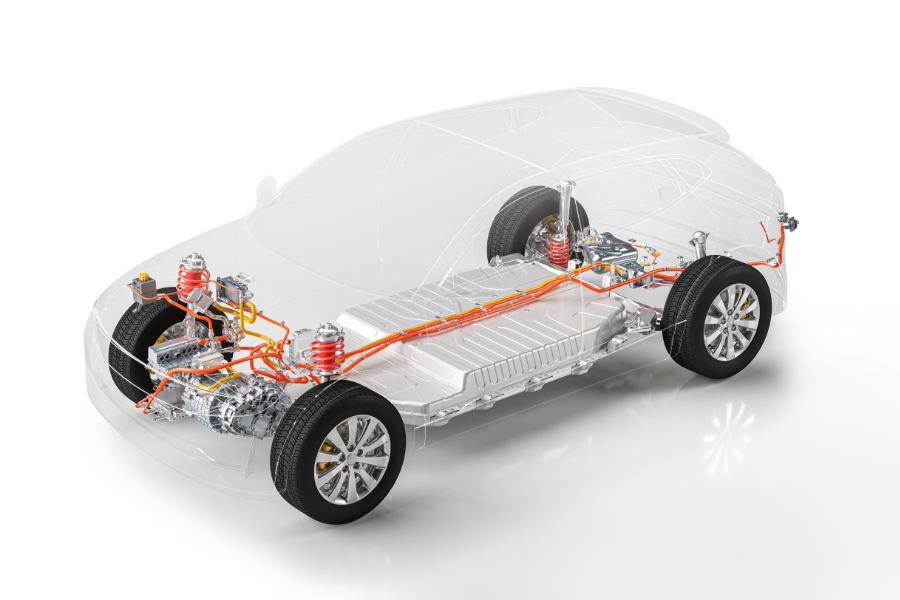Intelligent labels for better EV battery operations
Improve production, stay competitive
Asset tracking with RFID improves efficiency on the EV battery production line and controls where goods are in the warehouse. This holistic view of vehicle components enables a supply chain solution that benefits automotive manufacturers hoping to maintain profit margins in highly competitive global markets.
"Working with RFID provides very efficient ways to speed up just-in-time deliveries and enables full control over the value chain and inventory levels," says Martin Dolezal, Product Manager Automotive & Transportation Labels at Avery Dennison. "In the last years, there were just a few units of RFID equipped parts per automobile, but now there are dozens, and that number will continue to increase."
Furthermore, data from intelligent labeling can improve the steps in production that can lead to product optimizations. For example, RFID will give manufacturers visibility into car battery maintenance. This data can inform decisions for better battery design, thus increasing brand trust and customer loyalty.
Safe battery disposal
If we look beyond the production floor, the ability to track EV batteries supports a more sustainable future.
"RFID enabled labels ensure that each battery cell will have its own digital identity," says Martin Dolezal. "Once the battery's life ends, it will still be identified in today's digital world and can be repurposed, refurbished, or recycled."
The ability to locate, collect batteries and deliver them to a recycling center keeps heavy metals out of landfills. In addition, data collected from RFID can report statistics on how many batteries are recycled and where. This information can inform battery collection programs.



